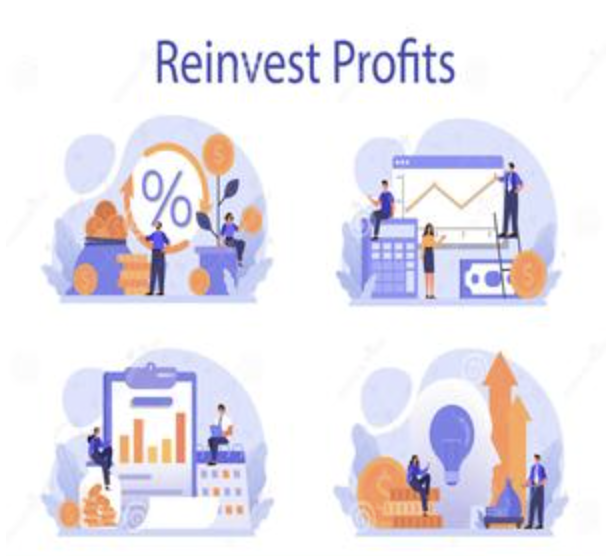Financial independence is not achieved through sudden gains; it starts with transforming minimal savings into well-planned investments. For those with high spending habits, the initial phase is more about discovering the potential of small amounts of money rather than merely cutting expenses.

Consider daily savings that are deemed "not necessary" not as trivial amounts, but rather as initial capital. Instead of forgoing a $50 coffee outing, allocate that money towards a dedicated "investment fund." Over half a year, saving $50 each week totals $1,200—sufficient to buy fractional shares in promising startups or specialized ETFs. This alters the perspective from "saving to spend" to "saving to enhance."
Establish Automated Savings with Intention
Organize automated transfers based on particular life events rather than solely on your paycheck. For instance, set aside 5% of every luxury purchase (like a $2,000 designer handbag prompts a $100 transfer) for your investment reserve. This approach of "spending-related savings" complements your lifestyle while accumulating capital, making it an easy and enduring practice.

Utilize Micro-Investing for Alternative Investments
Explore options beyond conventional stocks by using micro-investing services for alternative assets. Some platforms allow investments starting at $500 in portions of art, collections of wine, or peer-to-peer loans. These investments often show low correlation with the main markets, transforming smaller amounts into diversified investments that can lead to greater opportunities later on.
Strategically Reinvest "Unseen Profits"
Identify and reinvest commonly overlooked profits. For example, if you sell a luxury watch for a $1,500 gain, reinvest that entire amount rather than spending it. Similarly, channel cashback from premium credit cards or rewards from loyalty programs into your investment fund. These "invisible profits" can accumulate quickly without altering your everyday lifestyle.

A frequently overlooked source is the reduction when you cut back on a standard expense—such as opting for a cheaper phone plan and saving $20 each month. Allocate that modest yet consistent extra amount into your savings; over time, these gradual "hidden profits" accumulate in the same way as single large bonuses.
Set clear milestones for increasing your investments. When your opportunity fund reaches $5,000, put 70% into a dividend-generating ETF and 30% into a promising startup. At the $20,000 mark, consider including a small real estate investment trust (REIT) in your portfolio. These guidelines enable the transformation of small savings into a well-organized investment strategy, minimizing hasty choices.
Steer Clear of the "All-or-Nothing" Approach
Individuals who spend excessively frequently wait for sufficient funds to invest, thus missing growth opportunities. Even a $1,000 investment made wisely can surpass the outcomes of a $10,000 investment made years later due to the effects of compounding. The aim is to begin with small amounts to learn, adjust strategies, and build confidence—so when larger funds become available, you are prepared to invest them efficiently.
Ultimately, the journey to financial freedom emphasizes intentionality over strict savings. By redefining small savings as catalysts for growth and scaling them purposefully, individuals with significant wealth can convert incremental efforts into a strong basis for enduring financial autonomy.







